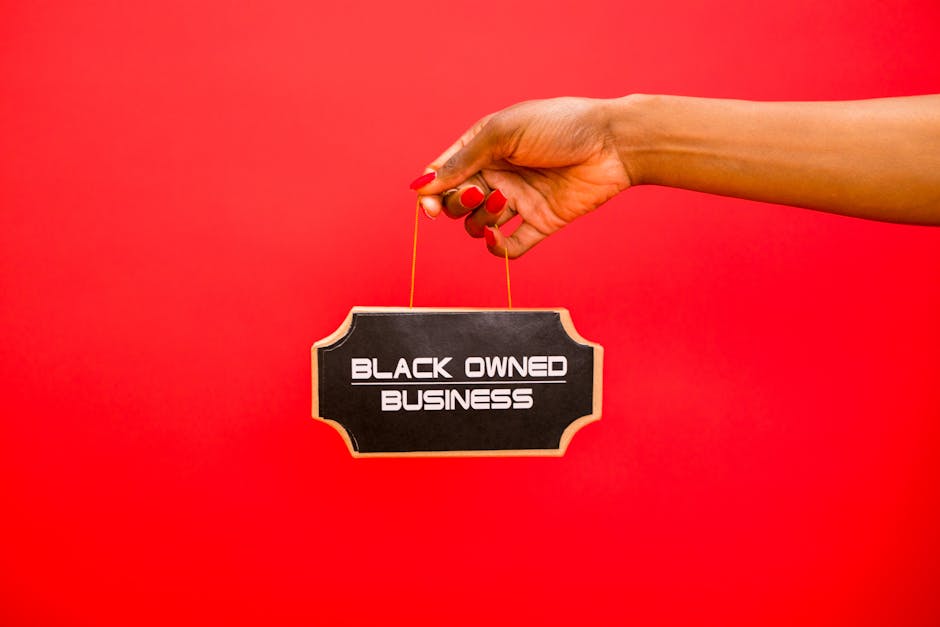The Thin Red Line: Navigating the Legal and Ethical Terrain of Company Heritage Branding

The Thin Red Line: Navigating the Legal and Ethical Terrain of Company Heritage Branding
In an era where brand authenticity can significantly influence consumer behavior and investment decisions, the accurate portrayal of a company's heritage is not just a matter of ethical branding, it's a legal necessity. With increasing scrutiny from regulators and the public, businesses that embellish or misrepresent their historical narrative risk severe legal repercussions and irreversible damage to their reputation.
The Growing Importance of Historical Accuracy in Branding
Consumer Expectations: Today's consumers are more informed and skeptical than ever before. They often perform their due diligence before committing to a brand, making it crucial for companies to maintain transparency in their historical claims. The backlash against historical inaccuracies can be swift and brutal, significantly impacting customer trust and loyalty.
Legal Consequences: The legal landscape is equally unforgiving. Misrepresentations, whether negligent or fraudulent, can lead to civil and criminal liabilities. Companies and their officers could face hefty fines, rescission of contracts, or even imprisonment for fraudulent misrepresentation.
Real-World Implications of Heritage Misrepresentation
From lawsuits to stock price crashes, the consequences of getting caught in a lie about company heritage are dire. For instance, a technology firm overstating its role in historical technological advancements might not only lose credibility but could face legal actions from investors if such claims were part of their decision to invest.
Comparative Analysis: Heritage Branding in Different Sectors
While all sectors benefit from authentic heritage branding, the implications and expectations can vary. For example, in the fashion industry, legacy plays a crucial role in brand perception unlike in tech sectors where innovation often takes precedence. However, the legal obligations remain consistent across the board; truthfulness in heritage portrayal is non-negotiable.
Looking ahead, organizations must prioritize the integrity of their historical narratives, not merely for compliance, but as a cornerstone of brand trust and longevity.
Forward-Thinking Insights: Embracing Transparency and Accountability
To safeguard against potential legal and reputational risks, companies should implement rigorous vetting processes for all public historical claims. Employing internal audits and consulting with legal experts can prevent inadvertent misrepresentations. Additionally, embracing technological tools like blockchain could enhance transparency, providing an immutable record of corporate heritage claims.
Conclusion: The Strategic Imperative of Authentic Heritage Branding
As we move forward, the intersection of heritage branding and regulatory compliance will become a strategic focal point for businesses across industries. Companies that proactively align their branding practices with legal and ethical standards are more likely to thrive in the competitive market landscape of tomorrow. The commitment to historical accuracy must be viewed not just as a legal obligation but as a vital component of sustainable brand strategy.
For more on this topic, consider reading about fraudulent misrepresentation in business and the examples of misrepresentation to better understand the implications and legal frameworks surrounding corporate heritage branding.
